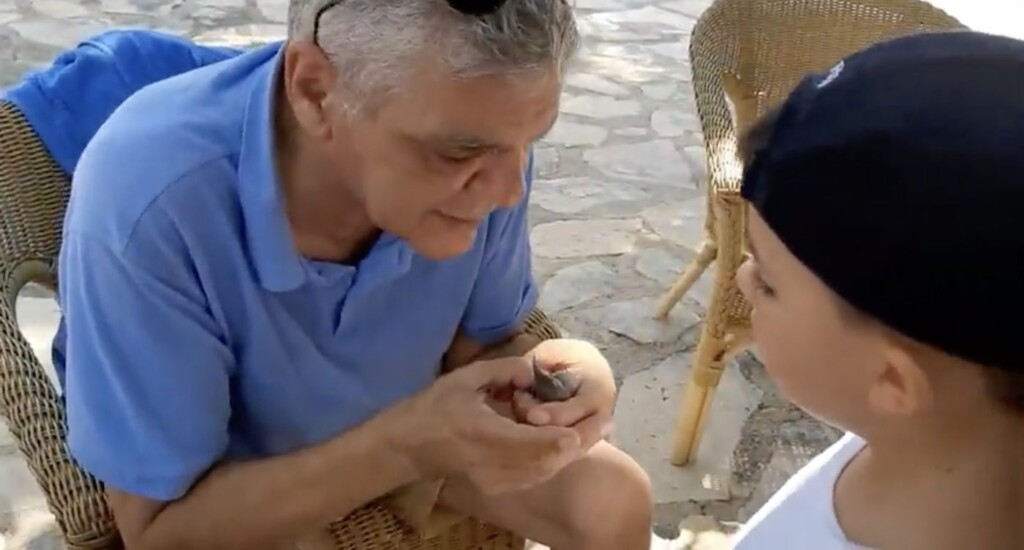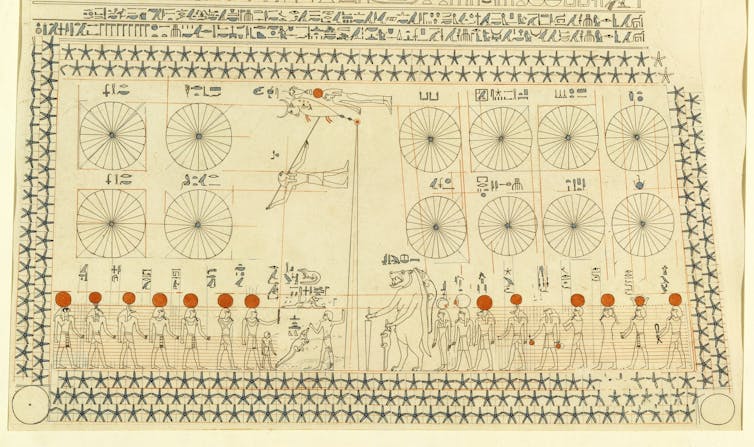
Michael Legg, UNSW Sydney and Vicki McNamara, UNSW SydneyWe’ve seen deepfake, explicit images of celebrities, created by artificial intelligence (AI). AI has also played a hand in creating music, driverless race cars and spreading misinformation, among other things.
It’s hardly surprising, then, that AI also has a strong impact on our legal systems.
It’s well known that courts must decide disputes based on the law, which is presented by lawyers to the court as part of a client’s case. It’s therefore highly concerning that fake law, invented by AI, is being used in legal disputes.
Not only does this pose issues of legality and ethics, it also threatens to undermine faith and trust in global legal systems.
How do fake laws come about?
There is little doubt that generative AI is a powerful tool with transformative potential for society, including many aspects of the legal system. But its use comes with responsibilities and risks.
Lawyers are trained to carefully apply professional knowledge and experience, and are generally not big risk-takers. However, some unwary lawyers (and self-represented litigants) have been caught out by artificial intelligence.
AI models are trained on massive data sets. When prompted by a user, they can create new content (both text and audiovisual).
Although content generated this way can look...




